During Day of the Dead celebrations, all of Mexico dresses up to honor their dead, understanding death as something natural that should not be feared. In this celebration, La Catrina always shows up one way or another: using images of La Catrina to decorate ofrendas, dressing up as her, and even proudly painting our faces to resemble a skeleton—both simple and elaborate ways.
Being such an iconic, striking, and characteristic representation of the Day of the Dead, the story behind its creation is just as interesting as what it represents today for all Mexicans. Join us as we tell you a little bit about her!

Mictecacihuatl
Although the history of La Catrina begins as a form of protest by the Mexican cartoonist José Guadalupe Posada, we could say that during the Aztec Empire there was already a deity known as the Goddess of Death, Mictecacihuatl.

According to Mexica cosmovision, death was the end of a circle and the beginning of another; it did not have the moral load it has today, and it did not have the same “heaven and earth” understanding, as the one Catholicism/Christianism has.
They believed that the dead made a journey down nine levels to the depths of Mictlán until they reached Chicunamictlan, the final resting place where the tonalli (soul) finally found peace and liberation. In this same cosmovision, it was believed that Mictlán was ruled by the couple Mictlantecuhtli and Mictecacíhuatl, lord and queen of the dead. So, it was in fact Mictecacihuatl, the Aztec underworld queen of Mictlán, who deserves the honor of being Death’s grand lady. Her job was to keep an eye on the bones of the dead, and her presence was prominent during any commemoration of those who had died.
La Calavera Garbancera
The image of La Catrina was created in 1910 by José Guadalupe Posada, an illustrator, lithographer, and caricaturist from Aguascalientes. However, its original name was “La Calavera Garbancera,” and it was not created for Day of the Dead, but as a satire for society.

Posada was a social critic and in most of his work, he portrayed the injustices that existed during the Porfiriato era, a time when President Porfirio Díaz governed Mexico for up to three decades (in the late 19th and early 20th centuries) leading to the Mexican Revolution.
The image of La Catrina was born as a denunciation of the classism of Mexican society. It criticized those who aspired to be high, social status and hid their roots to follow European fashions and customs. The name came from garbanceros, chickpea vendors, who pretended to be high-society Europeans, denying their race, heritage, and culture.
The original version of La Catrina, “La Calavera Garbancera,” was made in a metal engraving that the artist portrays only from the shoulders up, wearing nothing but a French hat with feathers and ribbons behind her ears, signaling her indigenous background. This illustration first appeared on a flyer, where the news of the day was given. Her clothing was characteristic of the French-style hat they used, Posada affirmed: " En los huesos, pero con sombrero francés con plumas de avestruz [In the bones, but with a French hat with ostrich feathers]."
From then on, the illustrator used skulls and skeletons to accompany his satirical opinions on politics, religion, and everyday life in Mexico. His most famous quote "Todos somos calaveras [We are all skulls]" stems from the idea that deep down we are all the same and it doesn't matter how you dress or groom yourself to appear more handsome or important. Another of his outstanding phrases is that of "La muerte es democrática, ya que, a fin de cuentas, güera, morena, rica o pobre, toda la gente acaba siendo calavera [Death is democratic, since, after all, blonde, brunette, rich or poor, all people end up being skulls]."
La Catrina
Over time, La Calavera Garbancera managed to influence various artists such as the Mexican muralist Diego Rivera, who in 1947 added the elegant and distinctive outfit with which she is known when painting her in the famous mural "Sueño de una tarde dominical en la Alameda Central [Dream of a Sunday afternoon in the Alameda Central]”. In this mural, he paints a full-bodied skeleton dressed in an elegant full-length gown with a big hat and feathers, linking arms with a young Diego Rivera and José Guadalupe Posada. When Rivera gave her this outfit, he turned "La Calavera Garbancera" into the very well-known and famous icon of "La Catrina". (This mural is currently in the Diego Rivera Mural Museum, located in the Historic Center of Mexico City.)

Today, La Catrina is part of Mexico’s popular culture; adorned with beautiful hats and flowers, she has become the symbol of the Day of the Dead celebration and a source of inspiration for many, both inside and outside of Mexico.

The adoption of La Catrina as an emblem for Día de Muertos comes in many forms: to men and women proudly dressing up as Catrín and Catrinas with full-formal attires or Mexican clothing; to sugar skulls in every ofrenda; thousands of Catrina sculptures; and even taking famous icons and turning them into Catrinas (a Frida Catrina is the perfect example).
No matter how she is presented, she is part of Mexico’s history and syncretism. Although La Catrina has lost a bit of her critical social character, she continues to preserve it in her history and continues to be the representative of death. Moreover, it might even be a nod to Mictecacihuatl, the original queen of the underworld, or at least to our indigenous beliefs, especially in our approach to death. La Catrina serves to celebrate it and honor death with a big, festive spirit. We do so by painting our faces in fun, impressive decorations, with respect. Maybe it is after all another way of accepting mortality as part of all of us, or, as Posada would say, “todos somos calaveras” after all.

--
So, what do you think? Were you familiar with the origin of La Catrina? Do you see more similarities between her and Mictecacihuatl? What else would you like to know about? You know we love to read your comments!
Don’t forget to check out our Día de Muertos collection where you can find all essentials for your ofrenda and home decorations!
If you liked this piece, be sure to check out all other articles written about Día de Muertos in our Zócalo blog here, and don’t forger to subscribe to our newsletter, where you will get this and many more content of interests! Also, you can join our text-message list so that you are 24/7 on the loop! We also make sure to give our familia of subscribers exclusive promotions, gifts, first-hand look at all new products and, of course, these articles that we love to write for you all!

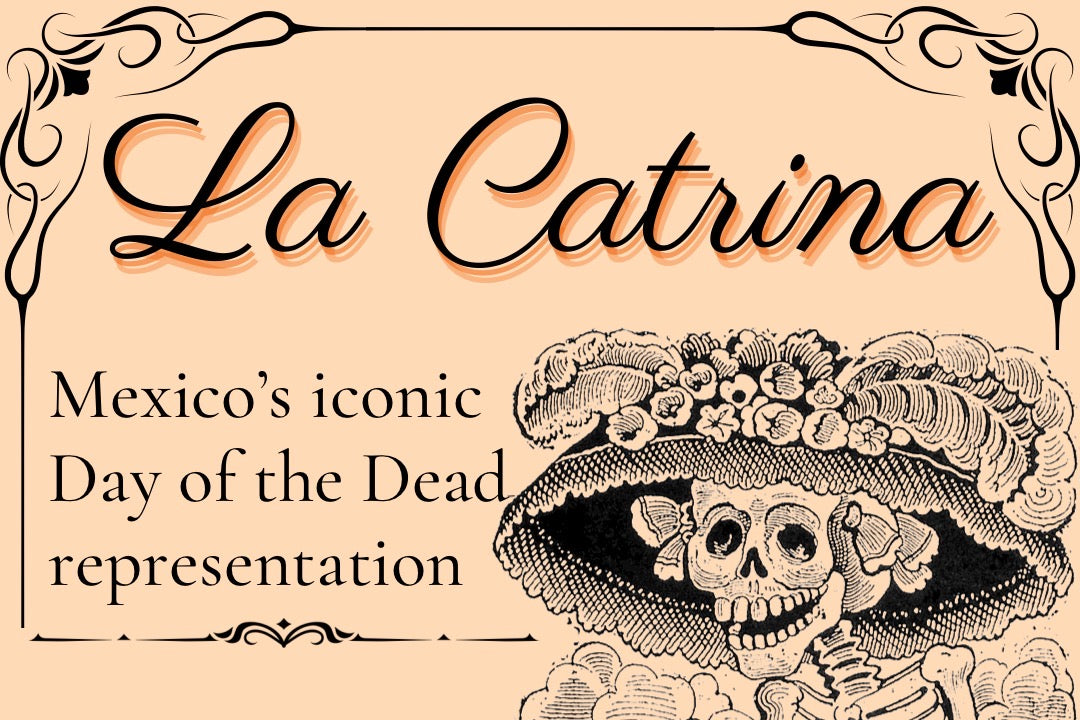
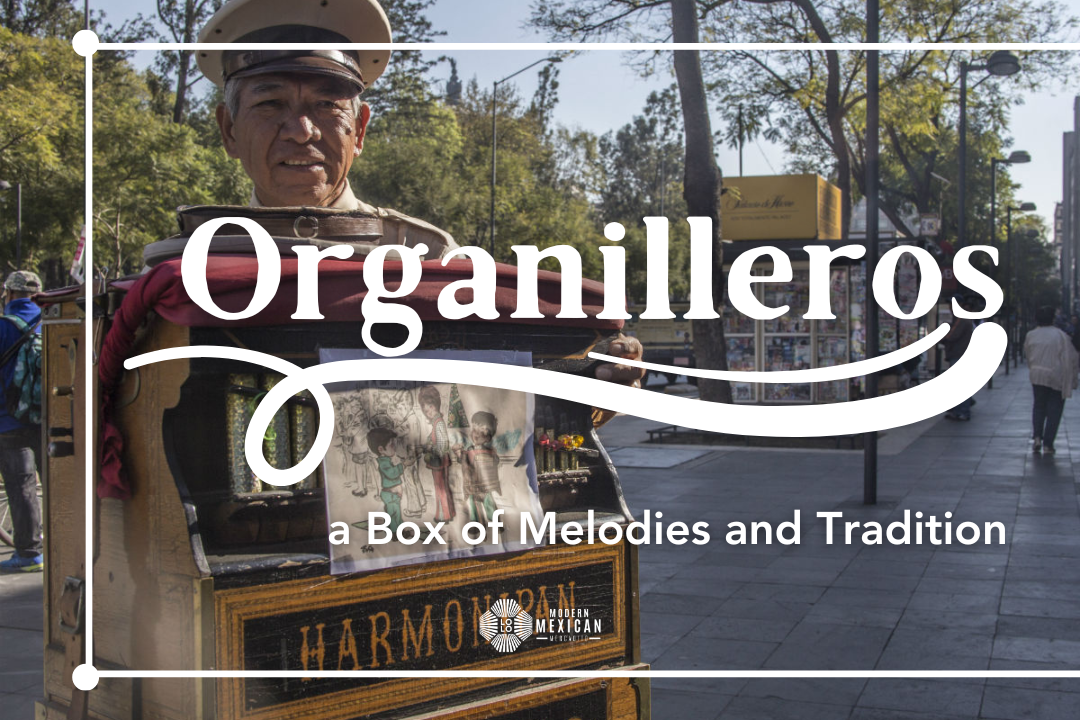
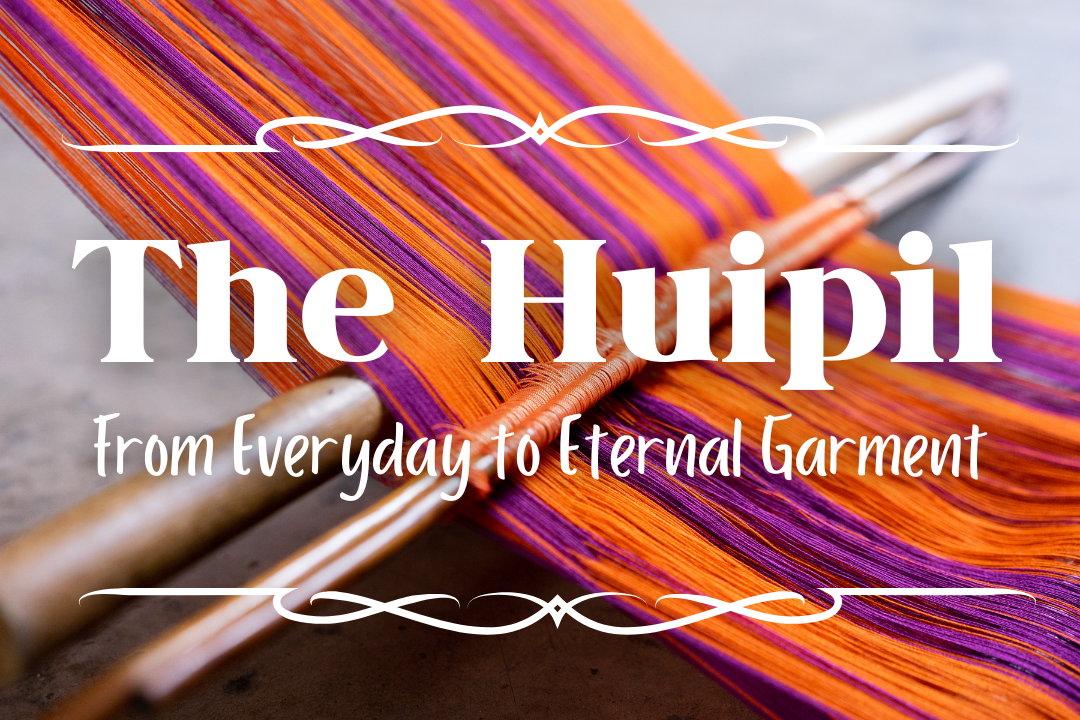
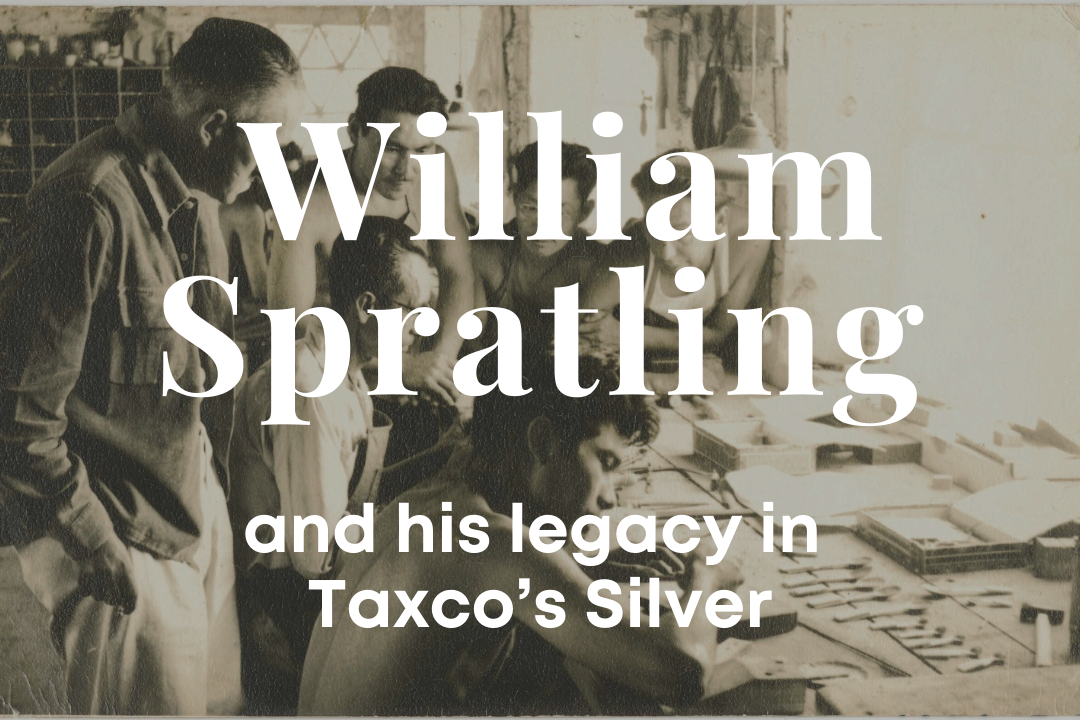
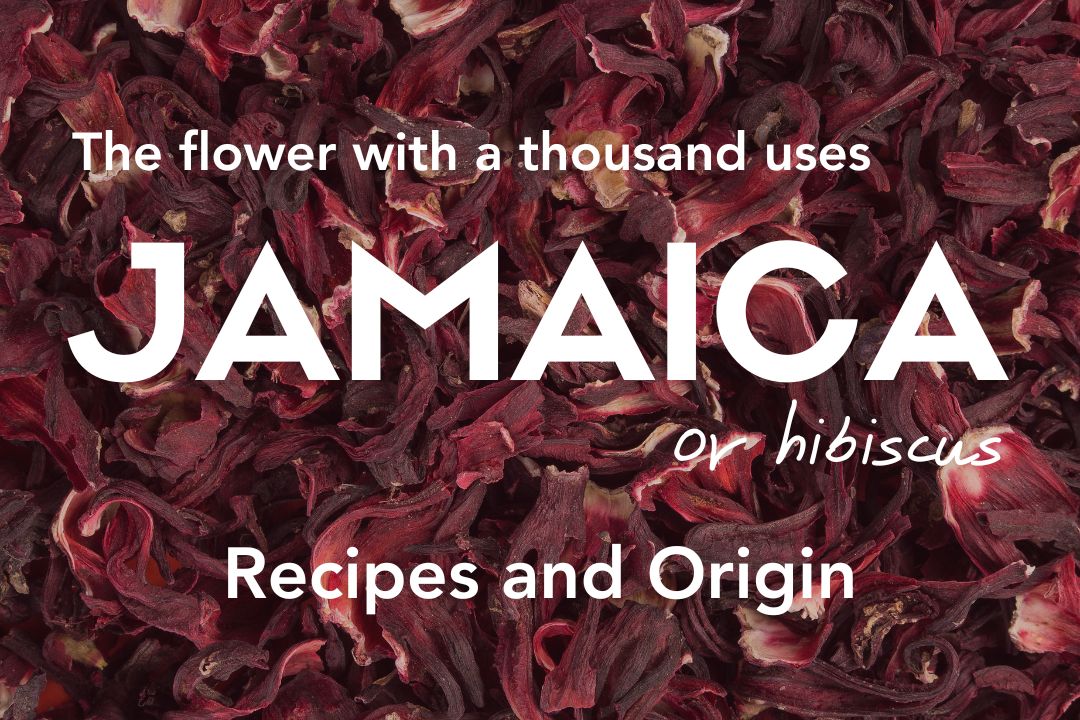
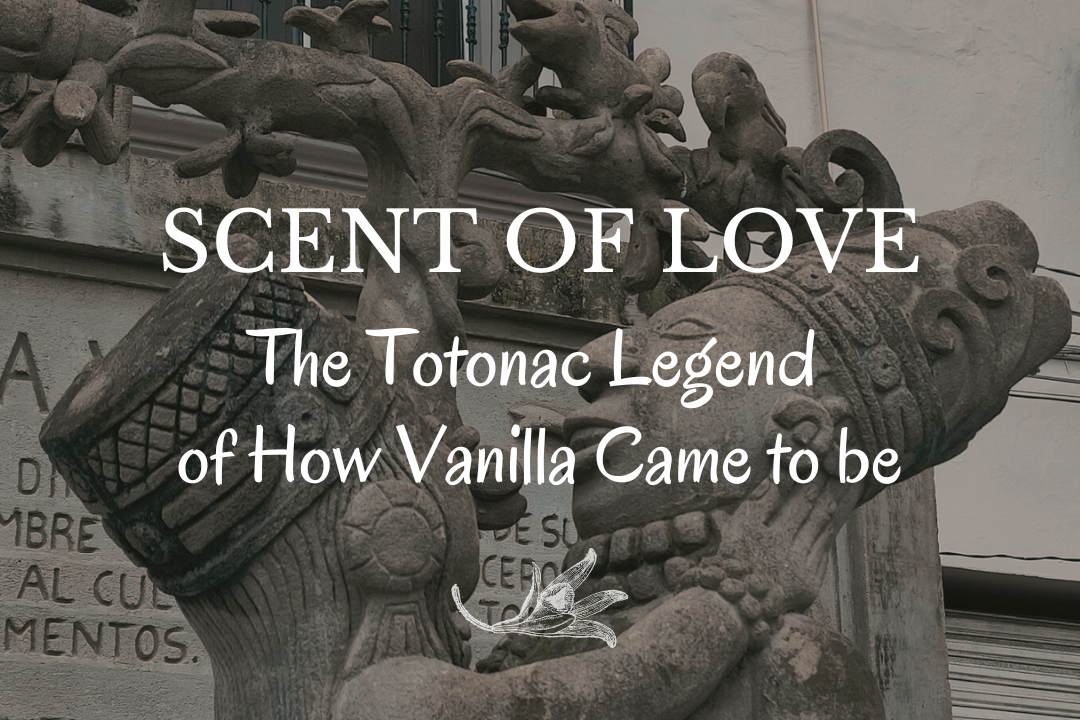
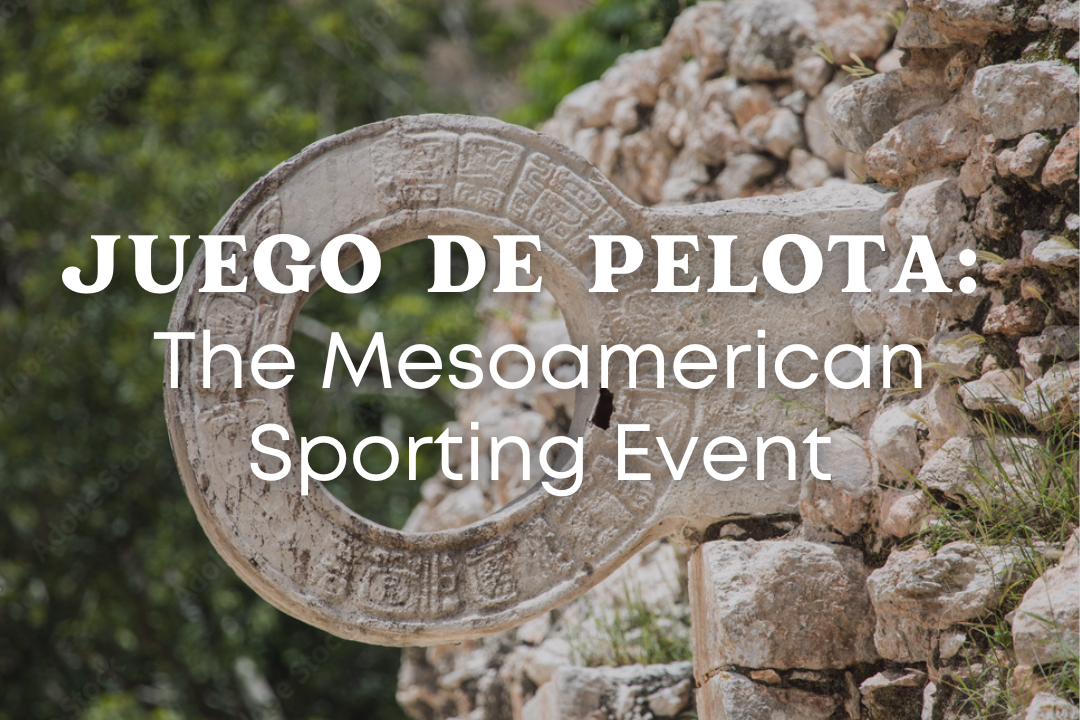

5 comments
Irma mexia
Love all the info I’m Chicano. But raised white I’m so proud to be chica a want to know all of our beautiful history to pass on to my children and grandchildren for them. To be proud of themselves…..
Rose
The more I learn about the beginnings of this belief and rituals, I am fascinated. Thank you for sharing, I truly love honoring our loved ones who have passed. What a beautiful tradition. ❤️
Lalo García
Creo que dejan fuera al creador de la catrina en tercera dimensión, (Juan Torres) y como de esa forma, Michoacan se apoderó de la imagen para darle mayor promoción a esta festividad.
Norma
Also did not know of the Aztec connection. Thank you! Also a suggestion. I love learning the correct pronunciation. Right now I take the added step of coping to learn it.
Jackie Delgadillo
My house is a veritable museum to Catrina, not because of death, but because of its origin with José Guadalupe Posada and Aguascalientes and many memories of visiting there numerous times over the years. The blog was informative as I didn’t know the Aztec connection. Mil gracias.